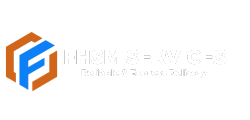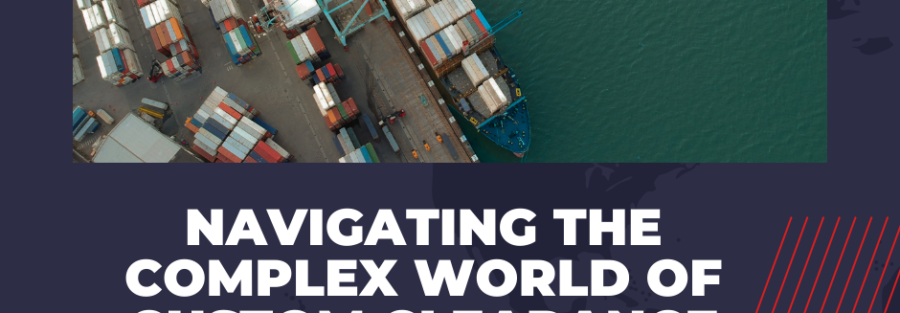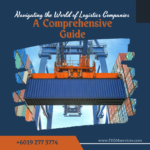Customs clearance is a pivotal process in international trade, ensuring the seamless flow of goods across borders while complying with the diverse regulations and policies of different countries. It is an intricate procedure that involves a series of documentation, compliance checks, and payments, all of which are essential to facilitate the movement of goods from one country to another. In this comprehensive guide, we explore the intricacies of customs clearance, its significance in global trade, and the key factors businesses need to consider to navigate this complex terrain successfully.
Understanding Customs Clearance:
Customs clearance is the formal process undertaken by importers and exporters to gain legal permission for the movement of goods across international borders. This process involves adherence to various regulations, including tariff classifications, valuation, country of origin, and applicable duties and taxes. Customs authorities play a crucial role in ensuring that imported goods comply with national laws and regulations, maintaining security, and collecting revenue for the government.
Key Elements of Customs Clearance:
**1. ** Documentation: Proper documentation is fundamental to customs clearance. Importers and exporters must provide accurate paperwork, including commercial invoices, packing lists, bill of lading, and certificates of origin. Any discrepancies or incomplete documents can lead to delays and fines.
**2. ** Tariff Classification: Each product imported or exported is assigned a specific tariff code based on the Harmonized System (HS) codes. Proper classification is essential for determining the applicable duties and taxes.
**3. ** Valuation: Customs authorities assess the value of goods to calculate import duties and taxes. Valuation methods vary, but the transaction value (the actual price paid or payable for the goods) is a common basis.
**4. ** Country of Origin: The origin of goods affects the applicable tariffs and trade agreements. Properly determining the country of origin is crucial for compliance and tariff preference eligibility.
**5. ** Duties and Taxes: Import duties, taxes, and fees vary across countries and product categories. Understanding these costs is vital for accurate pricing and budgeting.
**6. ** Compliance Checks: Customs authorities conduct compliance checks to ensure that goods meet safety, quality, and environmental standards. Non-compliance can result in the rejection of goods.
The Role of Customs Brokers:
Navigating the complexities of customs clearance often requires expert assistance. Customs brokers are professionals who specialize in customs procedures and documentation. They act as intermediaries between importers/exporters and customs authorities, ensuring that all necessary requirements are met and facilitating smooth clearance processes. Engaging a reputable customs broker can significantly streamline the import/export process, reducing the risk of errors and delays.
Challenges in Customs Clearance:
Customs clearance is not without challenges. Changing regulations, complex paperwork, language barriers, and cultural differences can create obstacles for businesses engaged in international trade. Additionally, the evolving global trade landscape, including trade tensions and geopolitical issues, can impact customs procedures and necessitate constant adaptation and vigilance.
Conclusion: Navigating Customs Clearance with Expertise and Precision
In the realm of international trade, customs clearance stands as a critical gateway. Businesses must approach this process with meticulous attention to detail, accuracy in documentation, and adherence to regulations. Collaboration with experienced customs brokers and staying abreast of evolving trade policies are essential strategies for overcoming challenges and ensuring the seamless movement of goods across borders. By embracing these practices and understanding the nuances of customs clearance, businesses can expand their global footprint, foster international partnerships, and thrive in the competitive world of international trade.




